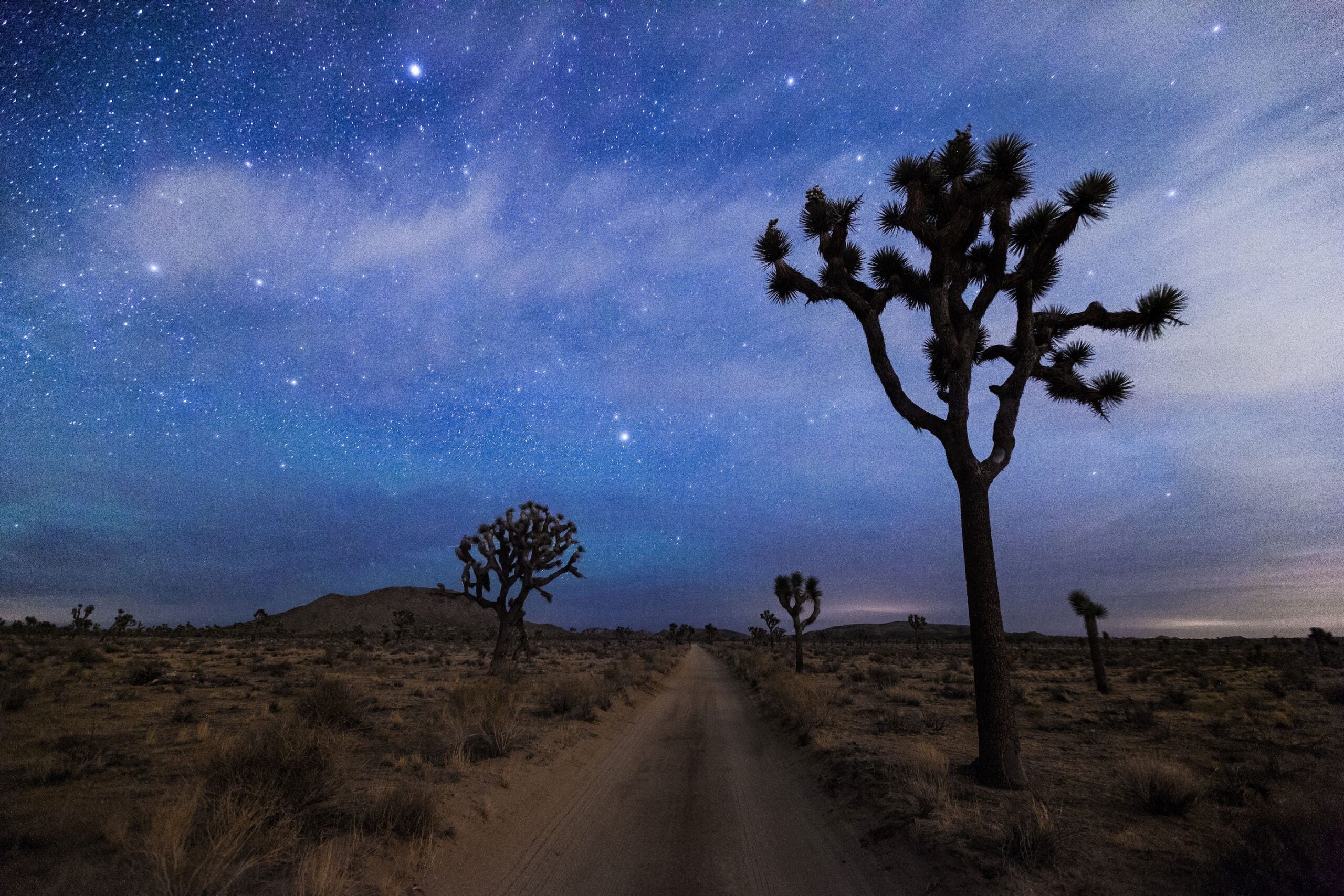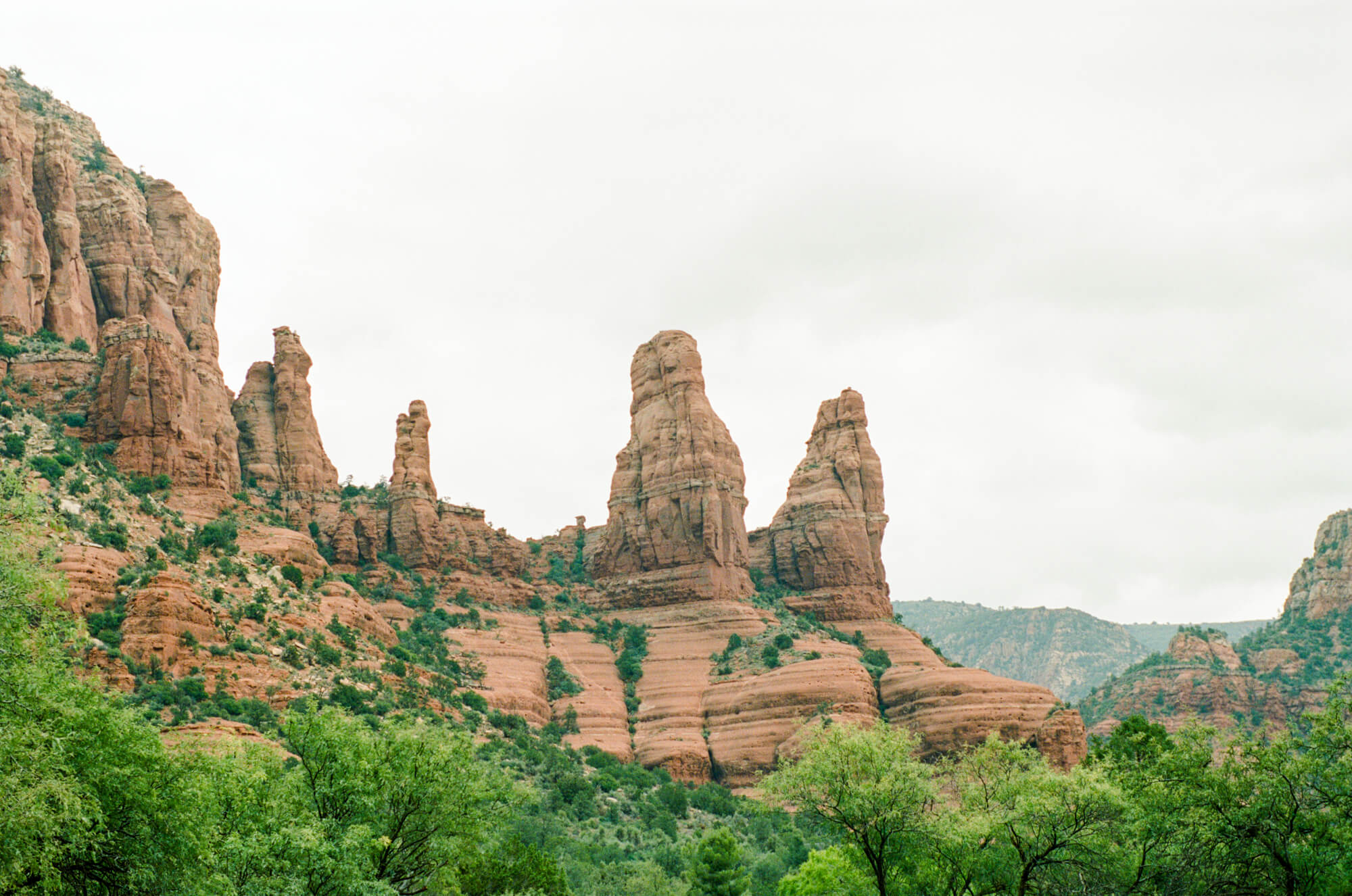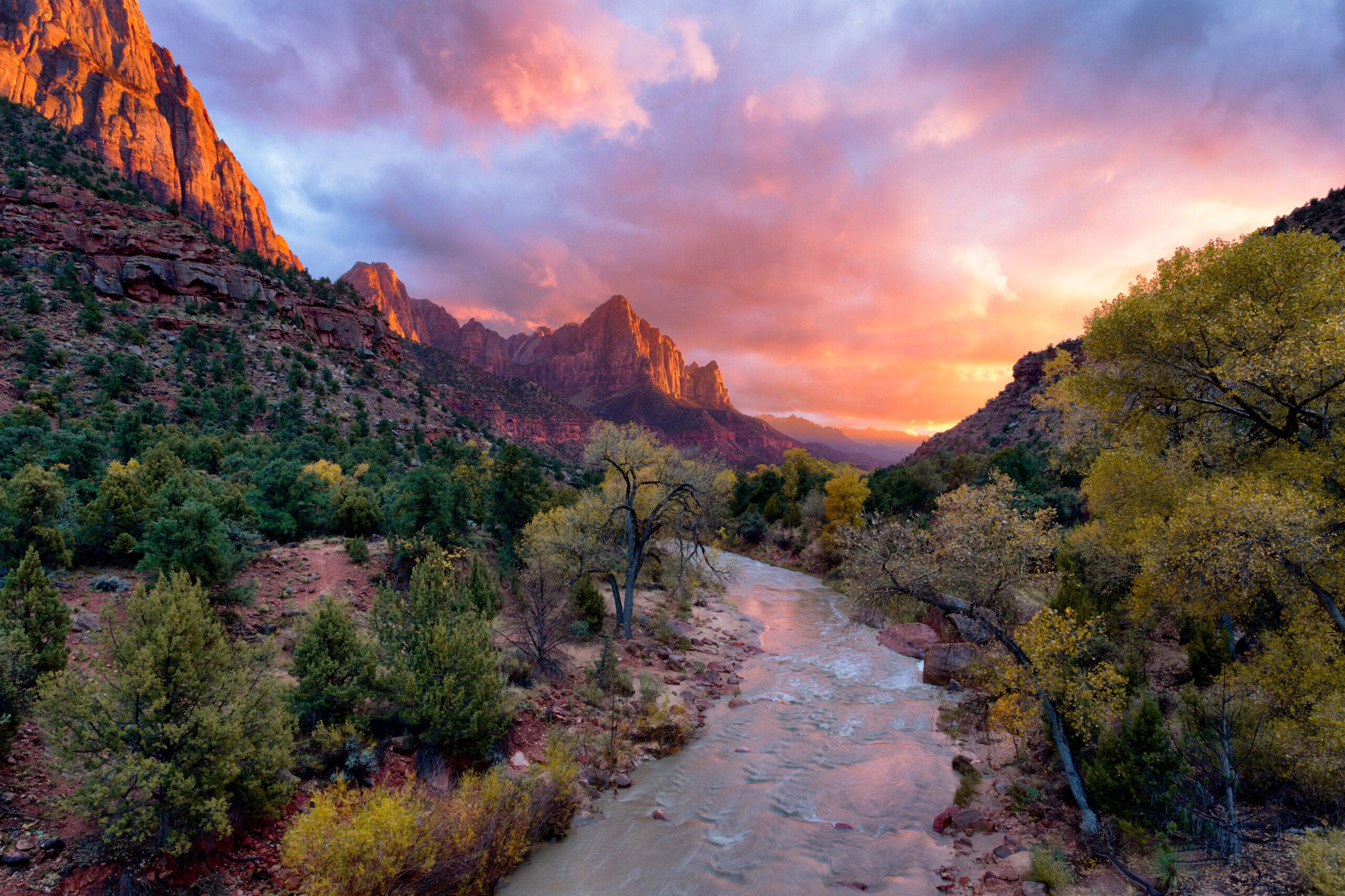
This summer, it’s nearly certain that people will be heading to the great outdoors. As we look for ways to escape the heat and pandemic woes in crowded cities, many of us will turn to national parks and other public lands for respite. And, plenty will bring their cameras (or, at least, smartphones) along.
That begs the question: With a large number of folks eager to enjoy nature and document their trips, how can you be a respectful photographer while still getting that shot you’ve been dreaming of? We chatted with a public affairs officer at the U.S. Forest Service, who gave handy advice on how to enjoy your summer trip while keeping the environment and fellow travelers in mind.
Related: How landscape photographer Erin Babnik captures epic photos without leaving a trace

How to be a good photographer and visitor: Use common sense
Common courtesy
Let’s be honest. Nothing ruins a good view more than a rude fellow visitor. Forest Service Public Affairs Officer Scott Owen recalls the time he visited Canyonlands. As he admired the landscape, another tourist approached and asked him to step aside.
“This gentleman comes up and goes, ‘Excuse me, sir….you’re in my way for my selfie.’ I wasn’t taking a picture. I was just standing there. That really rubbed me the wrong way,” Owen remembers. “I wasn’t real close. I wasn’t blocking the whole thing. I was just standing in one place, but the sunlight wasn’t good enough for his Instagram post.”

When it comes to sharing public lands, Owen highlights that common sense is the best guideline. With any beautiful location, it’s reasonable to expect that you’re not the only one who’s curious. Have respect for others who are coming to enjoy the space. Chiefly, don’t be a view hog, wait your turn, and don’t obstruct trails. If you drop your gear bag in the middle of a path, don’t be mad if someone steps on it.
“We want to make sure that we’re being good stewards and that we’re not just out there to take that splendor away from somebody. I understand that there’s a need to get a picture, but just try to be a little bit flexible. Try to have awareness of others,” Owen says. Aside from common sense, be sure to also make note of written and posted guidelines. Clean up after yourself and make sure you have the necessary permits, if applicable.

Treat wildlife with respect
Remember, wild animals are exactly that, and the place you are visiting is their habitat. It’s easy to forget this in parks and spaces where wildlife may be more habituated to humans, but at the end of the day, it’s still better to be safe than sorry.
“Always be aware of wildlife out there, especially if you’re out on a trail without many people around,” Owen advises. “Even if the wildlife seems like they’re ‘tame,’ they’re still wild. Have a plan in case you come into contact with those animals. Know what you’re supposed to do and have the appropriate equipment there to make sure that you stay safe.”

Use the buddy system
Venturing into the great outdoors poses inherent risks. If you’re planning an excursion, use the buddy system and don’t go alone. Take someone with you and devise a check-in plan with someone back home. That way, in the event that an emergency does befall you, people know to check in and call for help.
What is commercial photography and do you need a permit?
“Permit required” might be two of a photographer’s most dreaded words. However, their necessity isn’t arbitrary. Permits allow agencies to regulate often-times popular locations and ensure that the land is protected.

“We want to make sure that we’re doing mitigation there so that other members of the public can see something that’s similar to it,” Owen explains. “It’s there to protect members of the public because we’re all public. We all own the land.”
So, what does that mean for the average citizen? According to Owen, if you’re just coming for personal enjoyment, click away (but keep in mind the common sense discussed above).

Photographers engaging in commercial activity will usually need a permit. Though “commercial” is defined as any form of compensation (whether that means money or bartered services, ads you run on your YouTube channel, affiliate links included in the content when you share it, etc.), it’s best to call the field office that manages the land you’ll be visiting to clarify if a permit is necessary. Due to this ruling in which a federal judge ruled the National Park Service’s permitting system unconstitutional, policy across land management agencies in the U.S. is now in a gray area.
However, not all public land is managed by the National Parks Service; others include the Forest Service, U.S. Fish and Wildlife Service, and the Bureau of Land Management. Determining who manages the land you’ll be visiting dictates whose policy you’ll need to comply with. Remember, doing your due diligence is always worth it.
The post How to be a respectful photographer when visiting national parks appeared first on Popular Photography.